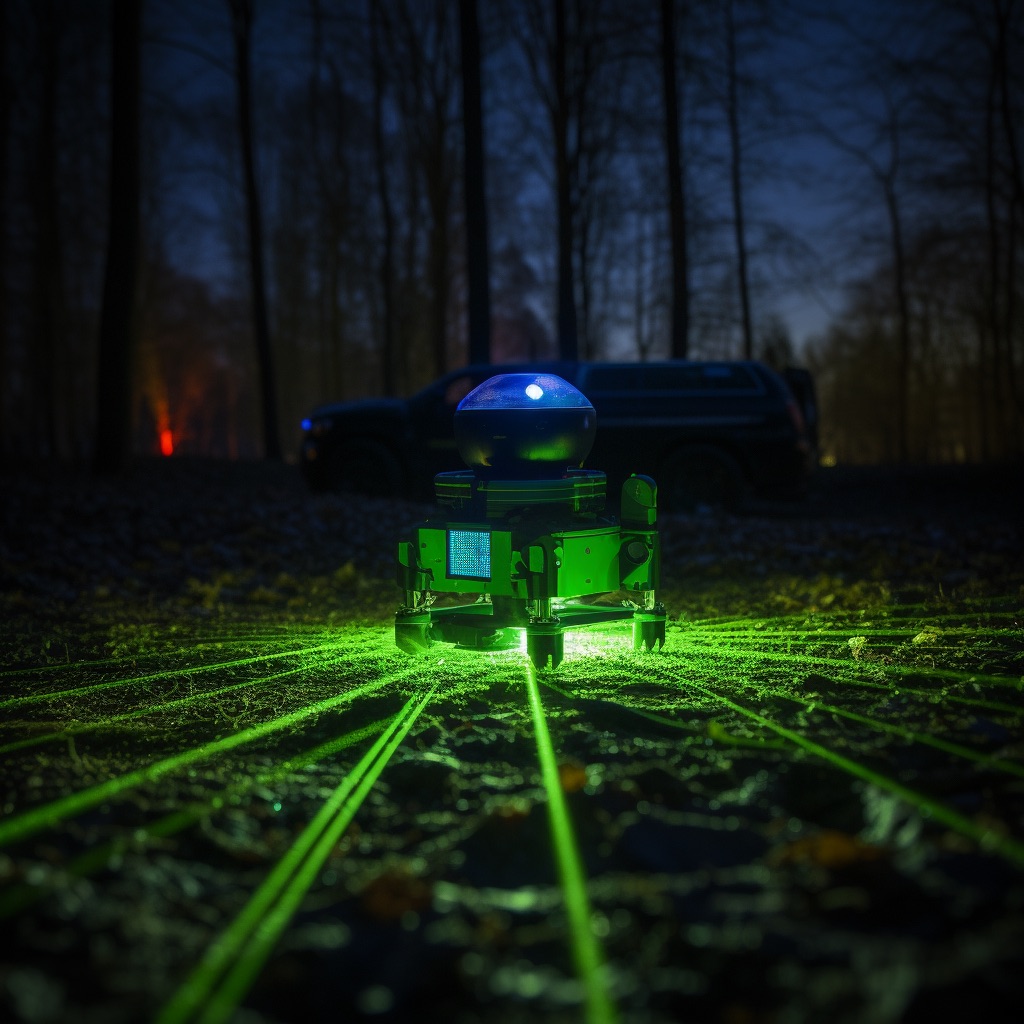The rapid adoption of lidar technology is revolutionizing road safety. As Advanced Driver Assistance Systems (ADAS) become more prevalent, human error-related crashes are decreasing. Currently, 10% of vehicles worldwide have ADAS features, and this number is projected to exceed 50% by 2050. ADAS vehicles equipped with lidar sensors have significantly reduced bodily injury and property damage claims.
Using infrared laser light to create 3D maps, Lidar accurately detects and identifies vehicles, people, and objects. It surpasses traditional cameras and radar with its precise information on the size, shape, location, and movement of surrounding objects. Lidar also functions well in different lighting environments and directly captures depth information. Its applications include lane departure warnings, blind spot detection, adaptive cruise control, collision avoidance, and parking assistance.
Although lidar manufacturing currently faces challenges in large-scale production capacity, Hesai stands out as a leader in consistently delivering high-quality sensors. With its numerous benefits and the projected growth in the global automotive market, lidar technology is poised to continue enhancing road safety.
What is Lidar?
Lidar, which stands for Light Detection and Ranging, is a key component in new ADAS technologies. It uses infrared laser light to accurately locate and recognize vehicles, people, and objects, providing the required information for improving road safety.
In addition to its applications in autonomous vehicles, lidar technology has also found use in agriculture. Farmers can gather precise and detailed data about their fields by deploying lidar sensors on agricultural machinery. This data includes information about topography, crop health, and soil moisture content.
This information allows farmers to optimize irrigation, fertilization, and planting strategies, improving crop yields and reducing resource waste. Furthermore, lidar technology enables the creation of high-resolution 3D maps, which can aid in land management and the identification of potential hazards.
Lidar’s versatility and accuracy make it a valuable tool in both autonomous vehicles and agricultural applications.
Benefits of Lidar
Using advanced sensing technology, vehicles equipped with lidar sensors can accurately detect and respond to potential collisions, improving overall road safety. Lidar applications offer several advantages in enhancing road safety:
Incorporating lidar technology into vehicles offers significant advantages in terms of collision avoidance and autonomous driving, contributing to overall road safety improvements.
Lidar Technology
Incorporating lidar technology into vehicles has revolutionized the automotive industry. It provides accurate and detailed 3D maps of the surroundings, enabling autonomous vehicles to navigate complex environments easily. Lidar advancements have played a crucial role in the development of autonomous vehicles. They offer high precision and reliability in detecting and recognizing objects.
Lidar sensors use infrared laser light to measure distances and create 3D maps. They capture accurate information about surrounding objects’ size, shape, location, and movements. Unlike traditional cameras and radar, lidar sensors actively emit laser light, making them effective in challenging lighting environments. This technology integrates well with other sensors, creating safer systems and improving road safety.
With the global automotive market for lidar projected to grow at a significant rate, the future of autonomous vehicles looks promising.
Applications of Lidar
Blind spot detection is a crucial application of lidar technology, improving driver awareness and reducing the risk of accidents. In autonomous vehicles, lidar sensors play a vital role in detecting objects in blind spots. These sensors use infrared laser light to locate and recognize vehicles, people, and objects accurately, providing accurate information about their size, shape, location, and movements.
By integrating lidar sensors into autonomous vehicles, blind spot detection systems can effectively warn drivers of approaching vehicles or obstacles, enhancing road safety. Furthermore, lidar technology also has applications in traffic management. Lidar sensors can measure the distance and speed of vehicles ahead, allowing for adaptive cruise control systems that adjust the vehicle’s speed to maintain a safe following distance.
This technology improves traffic flow and reduces the risk of rear-end collisions, making roads safer for everyone.
Manufacturing Challenges
Hesai, a leading lidar manufacturer, has overcome the challenge of limited manufacturing capacity by consistently delivering high-quality lidar sensors at a large scale. This is significant in the context of lidar manufacturing, as few companies have the capacity for mass production.
Hesai’s ability to meet the demand for lidar sensors is commendable and positions them as a key player in the industry. Their commitment to high-quality production ensures that the lidar sensors they deliver are reliable and accurate, which is crucial for the effective functioning of ADAS systems.
With Hesai’s role in lidar production, the industry can benefit from the increased availability of lidar sensors, driving the adoption of this technology and enhancing road safety.
Market Growth
While lidar technology has proven to be effective in enhancing road safety, the market for lidar sensors is experiencing significant growth. The lidar market trends indicate a rising demand for these sensors, which play a crucial role in advanced driver assistance systems (ADAS).
According to market research, the global lidar market is projected to grow at a compound annual growth rate (CAGR) of 14.7% from 2021 to 2028. This growth can be attributed to the increasing adoption of lidar in various industries, including automotive, aerospace, and robotics.
To capitalize on this market growth, companies are implementing lidar adoption strategies that focus on improving sensor performance, reducing costs, and expanding their product portfolios. Additionally, partnerships and collaborations with key players in the industry are becoming common to gain a competitive edge in the rapidly evolving lidar market.
Future Developments
The future development of lidar technology holds promise for further advancements in the field of autonomous vehicles.
These advancements in lidar technology will play a binding role in shaping the future of autonomous vehicles, enhancing their capabilities, and improving road safety.

